Féz - the Exotic Seat of Moroccan Islam
Dispatch XXX
Looking for a great trip to Morocco? The storied city of Fez is a must. Its ancient Medinas are among Morocco’s nine UNESCO World Heritage Sites, brimming with stunning craftsmanship, architecture, some of the world’s finest food, most beautiful leather goods, and ceramics. It’s exotic locations and 1200 year history will make any Indiana Jones wannabe’s mouth water.
Féz and Morocco’s Ancient History
Days 247-249 - May 31 to June 2, 2022 Fez
Fez sits at the confluence of the Rif and Middle Atlas Mountains. It’s been a center of scholarship and trade for over 1200 years. Like many of Morocco’s larger cities, it is divided into the newer versions of itself and its ancient sectors, which have been largely preserved. There are two old medina quarters: Fes el-Bali and Fes Jdid, both UNESCO World Heritage sites, and the much larger modern urban Ville Nouvelle founded during the French colonial era. There are cultural and economic reasons for this dichotomy: one is cultural, to preserve the old ways and to enable those old ways to continue. The second is economic because tourists come to visit what amount to living museums, though no part of the old city ever feels museum-like. They are not re-creations like the ones you see of the American Civil War, or Williamsburg. They are alive, present and vibrant.
One of the many souks (markets) in Fez’s vibrant Medinas. (Photo Chip Walter)
The old medina dates back to 786, when an expatriate Arab named Isidris I led his family and army from Arabia through Egypt to the Maghreb (meaning “land of the setting sun”) where he brought Islam to Morocco. He had high-tailed it out of Mecca after he and his brothers joined a rebellion against the Abbasid Caliphate in the Battle of Fakhkh in Arabia. Somehow, on this long desert journey he found the ancient Roman city of Volubilis (more on that in Dispatch XXXI - Volubilis Ancient Rome Speaks).
Both before and after its height as a Roman city, native Berber tribes controlled the area, known then as the kingdom of Mauretania. When Isidris arrived, the Berber tribe of the Awraba ruled. But Isidris wasted no time in forming an alliance with them by marrying Kenza, the daughter of the Berber leader, and the two of them quickly fathered a son, Idris II. This was the beginning of the Isidric Dynasty that conquered Algeria and Northern Morocco before Isidris I was poisoned by an Abbasid assassin. It all reads like a mash-up of the Arabian Nights and the story of Moses. Shakespeare would have had a field day. After Isidris’ murder, it was apparently Kenza who remained the bedrock of the dynasty and it was she, a Berber, who really engineered the founding of islam.
The ancient city of Fez, a religious and scholarly center for over 1200 years. (Photo - Chip Walter)
We planned four days in the area and passed our first two wandering Fez’s rambling medinas, eating at its small restaurants (food is everywhere), absorbing the music and language, exploring the pungent and ubiquitous souqs, admiring the enormous variety of clothing, spices, fruits and vegetables, fresh fish and meats. No cars are allowed here though you might occasionally get side swiped by a Vespa or an over-laden donkey (see video below). All around us were weavers and carpenters and Harira soup cafes and the city’s ubiquitous bread ovens mixed with the aromas of vervain, turmeric and mint. Youssef, our indefatigable guide, kept us busy, leading us through Talaa Kebira, the spine of Fez el Bali to the Medersa Bou Inania, a splendid example of Moroccan architecture’s three core elements: intricate tile mosaics, carved plaster and painted cedar.
We drank Morocco’s sweet mint tea every chance we had. Cyn and I had never tasted anything quite as delicious. Youssef said the trick was to crush the mint after it's been poured over the herb, and then gently drop the sugar cubes into the mint. “The sugar must always come up from the top,” he said. A waiter told me that raising the pot, sometimes called a rayt, as you pour from its elephantine snout was critical to the flavor too because it cooled the tea to just the correct temperature. Where the term rayt came from is unclear, but there’s a theory that it’s connected to Richard Wright the Manchester silversmith who first fashioned the pots in Victorian England. The irony is that they later grew so popular they are remembered far more in Morocco today than Manchester.
We were approaching June and could feel the oncoming summer heat. And believe me, Morocco can bring the heat. Daily temperatures easily reach 90 to 100 degrees Fahrenheit. But the alleyways of Morocco’s Medinas act is a kind of natural air conditioner. Their adobe walls are tall and narrow so very little sunshine makes its way to the streets below which keeps the thick masonry cool. Thus the alleys act like air ducts that generate a cooling breeze. In cold weather, it's just the opposite. It some ways it is like walking underground.
If Tangier is vibrant, Fez is a live wire. When we came into the Medina to haul our bags through the city’s winding streets, I knew we’d get lost in an instant without help. One alleyway looks like another, and there are no such things as parallel grids to go by or even a view because all you can see are adobe walls, and Morocco’s uncounted doorways with their little knockers.
But once we arrived in the Riad Anata, it was as if we had entered a different world. The word riad originates with the Persian gardens that spread during the Islamic period in 600 and 700 AD and draws from the Arabic word for "gardens": رياض (riyāḍ). Many riads these days are essentially small hotels, but they were once mostly the homes of the well-to-do, places meant to provide a serene oasis in the midst of urban chaos.
For us the Riad Anata was certainly an oasis. Once we settled into our spacious and colorful room, silence followed us to the outdoor patio and its pillowed couches to enjoy mint tea three stories above the hubbub while we watched the high clouds above the city go rose and pink above the setting sun and waited for the explorations of the following days..
The rooftop garden of the Riad Anata and examples of Moroccan architecture found in many roads and restaurants. (Photos - Chip Walter)
Days 248 - 249
Breakfast at the Riad Anata is a treat for plenty of reasons, but two, in particular, stand out: Samira and Said. Samira makes the breakfasts and Said prepares and serves them. You’ll rarely have a better morning if you’re eating Samira’s food. And if your find yourself in Fez and are smart, you’ll contact her at Samira.moroccankitchen@gmail.com to join one of her Moroccan cooking classes. You won’t regret it!
While consuming Samira’s food, it doesn’t hurt that you sit in the riad’s open air rooftop patio while gobbling up the remarkable repasts placed each day before you. Said is an exceedingly polite man, slight of body with delicate hands whose smile and innate sweetness make you want to sit and talk with him all day. He moved with the grace and stealth of a butler; always seeming to appear exactly when there was some thing that came to your mind. There wasn’t anything he wouldn’t do for us as he piled our table with Samira’s fried eggs, yogurt, chocolate bread, granola, traditional Moroccan crêpes with apricot, honey, and cherries. And, of course, coffee … or mint tea … or hot chocolate.
All of this fortified us for the fresh excursions that Youssef had arranged. The day started with a visit to Art de Poterie where some of the world’s finest ceramics are made by hand. I watched the artisans work a mixture of mostly earth, clay and water (and a few select powders) before forming blocks and cubes which each man then painstakingly formed and cut into cubes and shapes that would then become hundreds of different kinds of bowls, vases and delicate and detailed mosaics in a style that has been around for thousands of years.
I got a feel for what the job of making pottery was all about after watching an expert do it on an old fashioned wheel he kicked with his foot, no machines here. Chakib, our host, let me try my hand at throwing a pot (with dubious success), but it was all enormous fun before we headed into the immense and rambling showroom filled to brimming with thousands of examples of art, every piece hand painted and assembled. Cyn and I were stunned by their beauty, each piece unique.
After our remarkable walk through Art de Poterie, we headed to the Nejjarine Museum of Wooden Arts & Crafts, also in the heart of the old medina near Al-Najjarin Square. Not only do Moroccans excel at fine pottery and mosaics, but their craftsman are among the the finest woodcarvers on earth, another long and storied muslim tradition. The museum is a former early-18th-century funduq (an inn used during caravan stops) where traveling merchants could witness these displays. The idea was to use the woodwork to show off what the craftsman could do so the merchants, traders and visitors passing through might buy their goods and services. Again all of these intricate carvings were hand crafted, every nook and cranny unique.
The name al-Najjarin (or the French transliteration Nejjarine is from the Arabic: النجارين) and means "carpenters.") This was the quarter of the city where they and the carved work in their souqs clustered and made magic.
The beauty and detail of these carvings and the ceramics we saw at Art de Coterie was almost overwhelming. How, I wondered could anyone have the patience to cut and carve so many miles of fine art? I was thankful that the good people of Morocco have shown the sense to not only preserve but celebrate the beauty of these works and continue the tradition. So much today is mass manufactured, cut to perfection by unthinking machines, glutted and mindless. This may cut costs, but where is the uniqueness and beauty that comes from the creativity and human heart behind objects so lovingly made?
From the museum we were onto Fez’s Blue Gate, and the shrine of Moulay Idriss where we could peek through the entrances of the massive Al Quaraouiyine Mosque. But there was still much to do and after a quick meal of peach soup and chicken tangine, it was time to visit the famed Chouara Tanneries, one of the city’s oldest hide workshops.
The heat was rising as Youssef walked us along the very streets where Isidris II (and his mother) first began to build this city 1200 years ago, and into the Chouara storeroom displaying every variety of leather product imaginable in the sorts of raucous colors that make Morocco famous - deep yellow, vibrant red and orange, lustrous blues and greens. There were bags, babouches (backless slippers), shoes, boots, wallets festooning the walls and steps that surrounded us up to 20 feet high.
Our host asked if we wanted to see how the tanning that made these remarkable products was done. We did, of course, but weren’t sure exactly what we would find. We wound along tight, ascending corridors, through and up the dark adobe walls and suddenly burst onto a bright balcony several stories high that revealed the normally hidden city in all of its ancient glory.
Before us lay the largest tannery in the city established 1200 years ago and located in Fes el Bali. Once again we were tossed into a time loop. Below us men labored in great stone vats crammed with colorful dyes while the pungent smells of pigeon quano, quicklime, salt and water arose from the day’s heat.
“We used to use cow’s urine, but now we use the pigeons. It’s more environmentally friendly,” said our guide.
The tannery business looked like a tough way to make a living as I watched the men below stand in the vats stirring and plunging in their boots to clean and soften the skins of cows, sheep, goats and camels. Temperatures here can rise to 122 degreed Farhenheit in summer. Once that job is done, the hides are soaked in red poppy or indigo or henna to give them their deep color and then sold to craftsmen that turn them into the accessories that have made Moroccan leathern goods world famous. Again, human labor alone makes all of this happen. There are no machines, no high speed assembly processes. All of the leather we had seen in the store was fashioned exactly as craftsmen had created them when Europe was struggling through the Dark Ages, steam power was centuries in the future and today’s nation states hadn’t even been imagined.
Back at the store, we wanted to buy something to support the effort, but the nature of our journey and the thickly stuffed bags Cyn and I carry with us made that tough. Nevertheless, Cyndy bought a pair of beautiful red babouches that were so thin and supple she could slip them into the side of her backpack and we never knew it. She’s since taken them all around the world.
Next up - exploring the ancient Roman city of Volubilis. In the meantime, crack on!
Your Vagabonds,
C-Squared
This is Dispatch XXX in a series about a Vagabond’s Adventures - journalist and National Geographic Explorer Chip Walter and his wife Cyndy’s effort to capture their experience exploring all seven continents, all seven seas and 100+ countries, never traveling by jet.
If you’ve enjoyed this adventure, please take a look at Chip’s other adventures (and misadventures) … and don’t forget to check the Vagabond Journal and our Travel Recommendations to help you plan YOUR next adventure.
Sign up here to get our newsletters delivered to your email along with news and special offers in the Vagabond Adventure Store.
| Miles Travelled | 20,500 |
| Ferries | 8 |
| Transatlantic Ships | 1 |
| Trains | 12 |
| World Heritage Sites | 10 |
| States | 30 |
| National Parks and Monuments | 17 |
| Beds | 95 |
| Keys | More than a grand piano |
Morocco Recommendations
If you’re heading to Morocco or you’re shopping for ideas for your next excursion, we wanted to share our recommendations. Feel free to leave your own suggestions too in the comments below! We want the thousands of other vagabonds who have joined us to know about the places you’ve explored and about your own experiences in Morocco (or anywhere in the world, for that matter). Here are a few suggestions. Visit our Recommendations page to get ideas and suggestions from around the world!


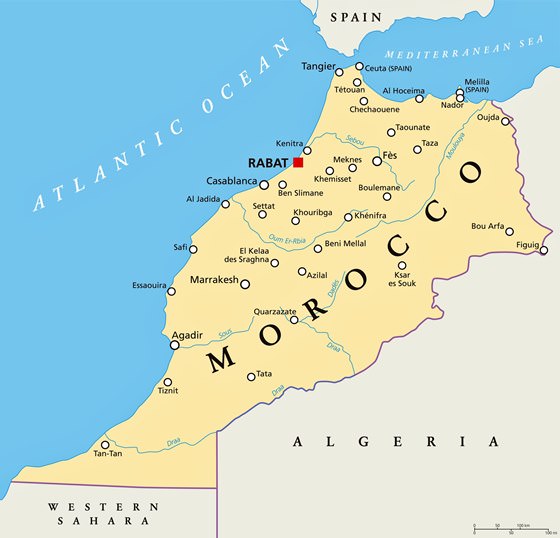
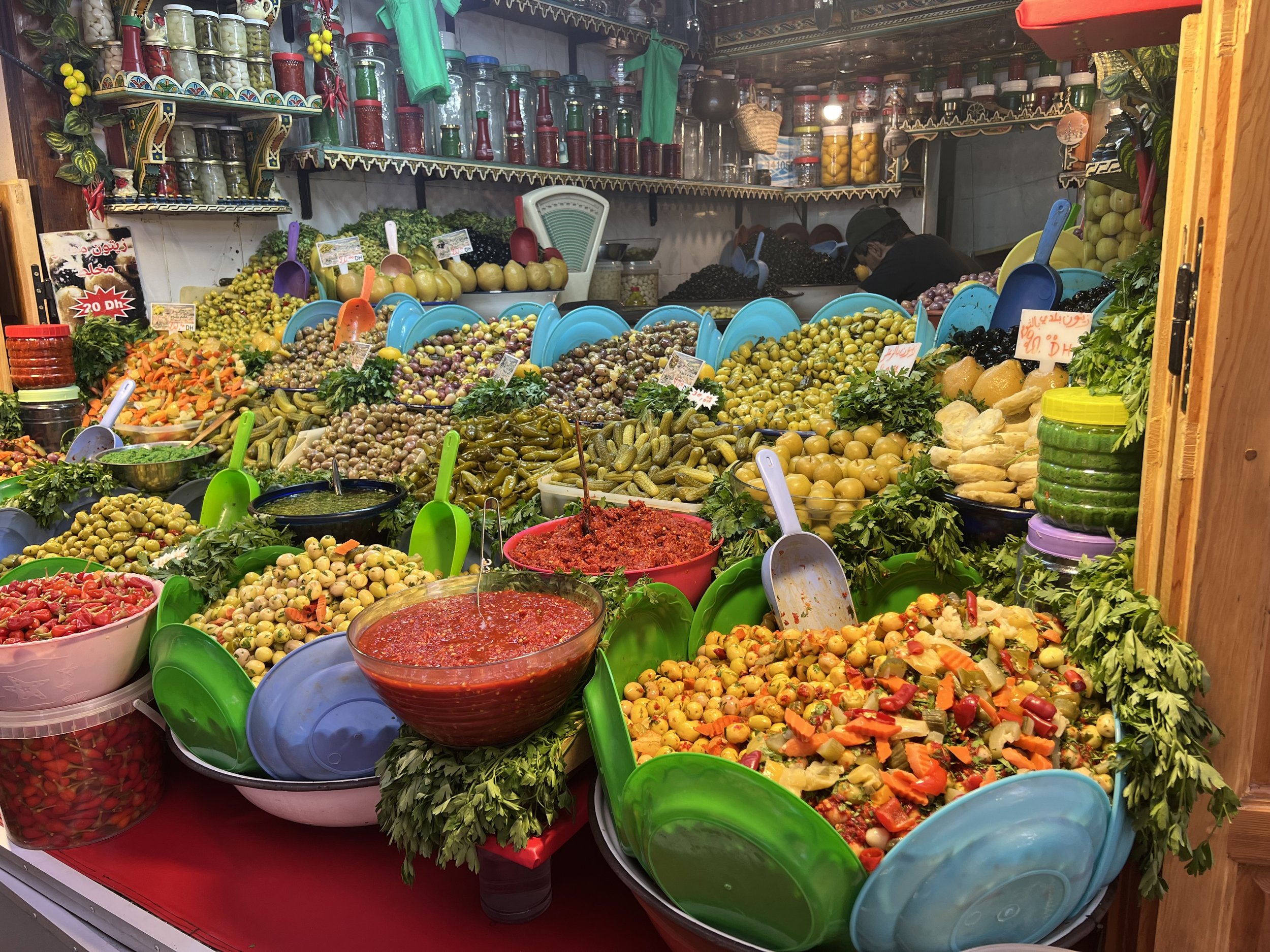
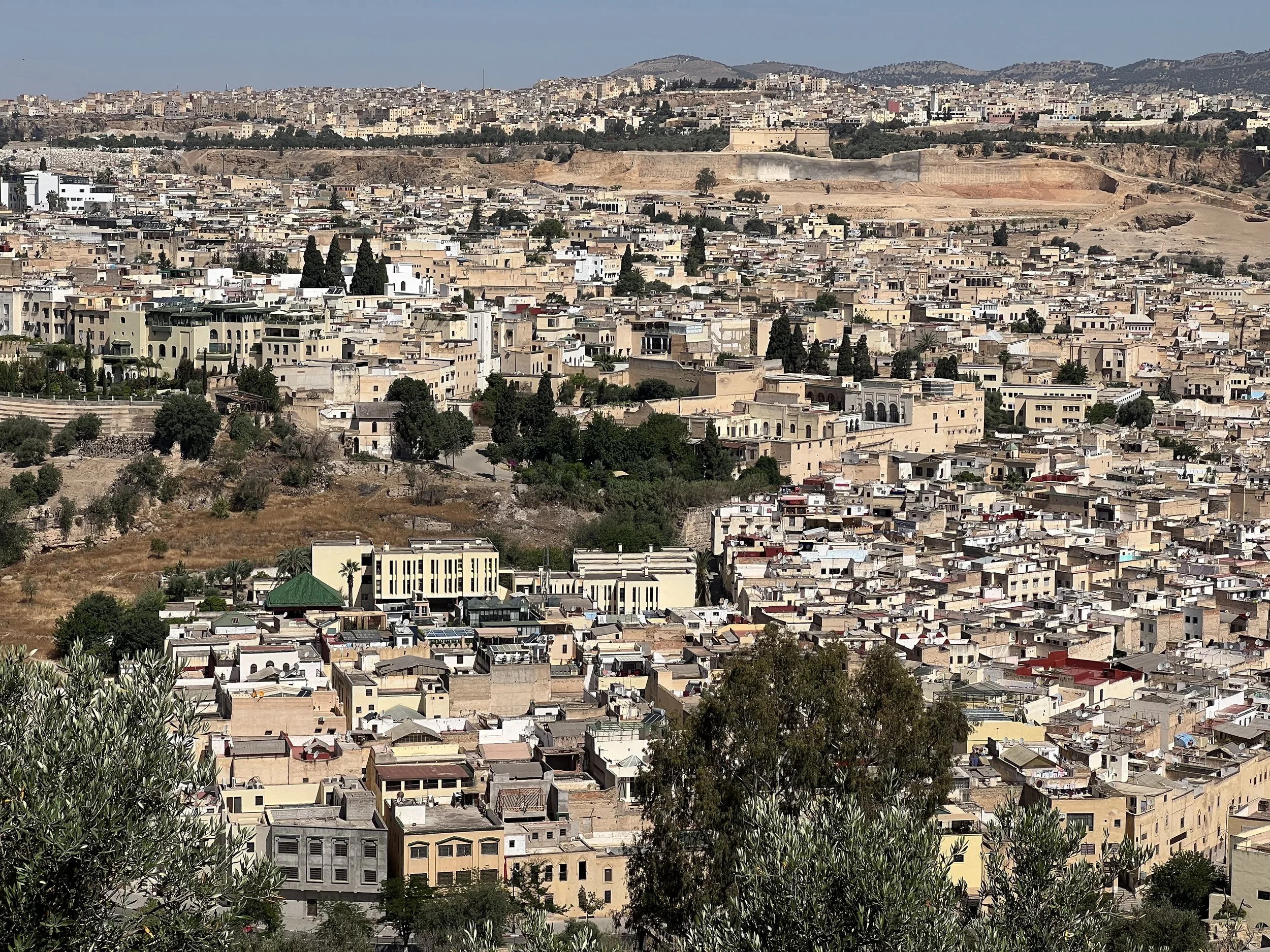
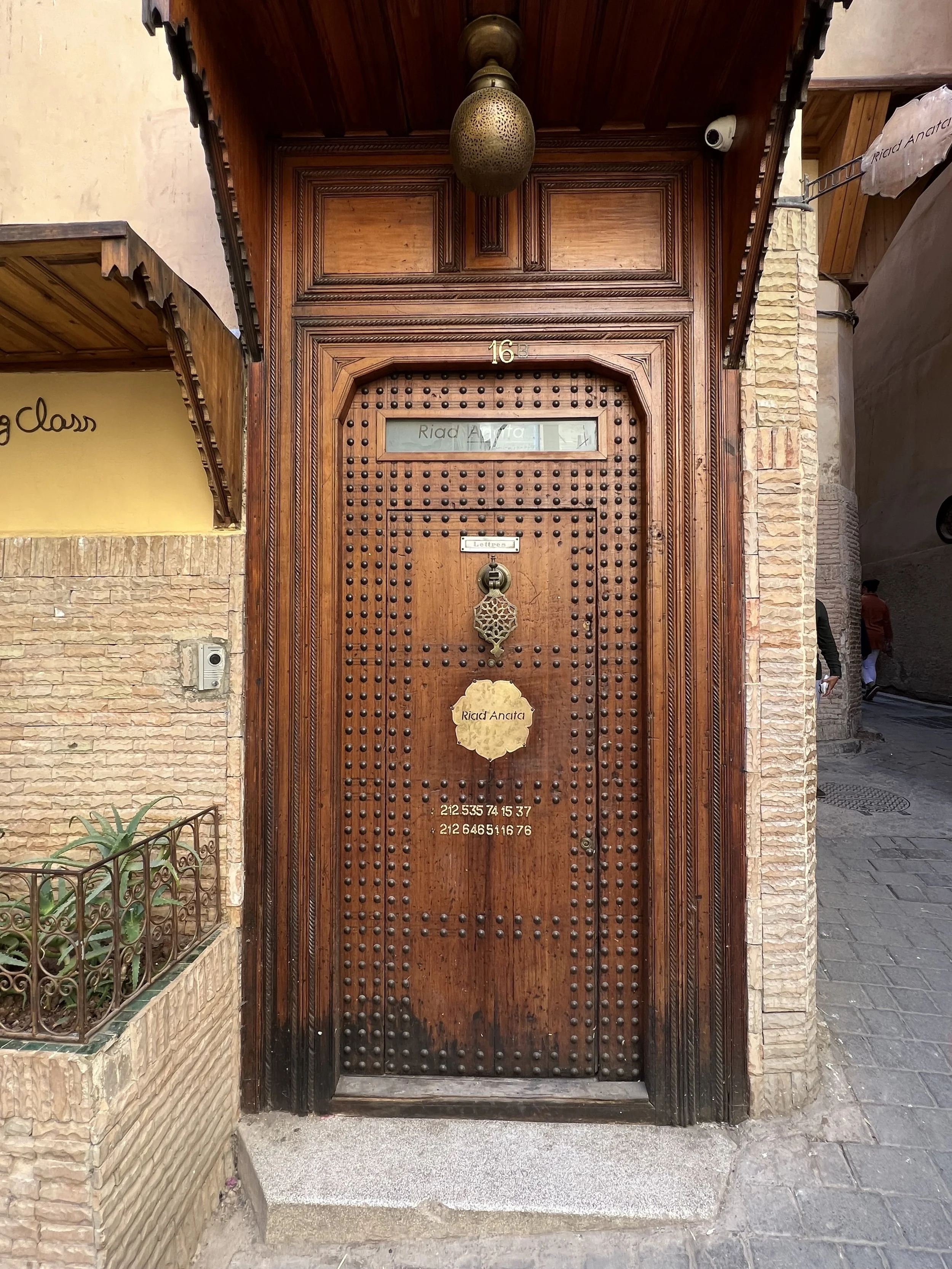

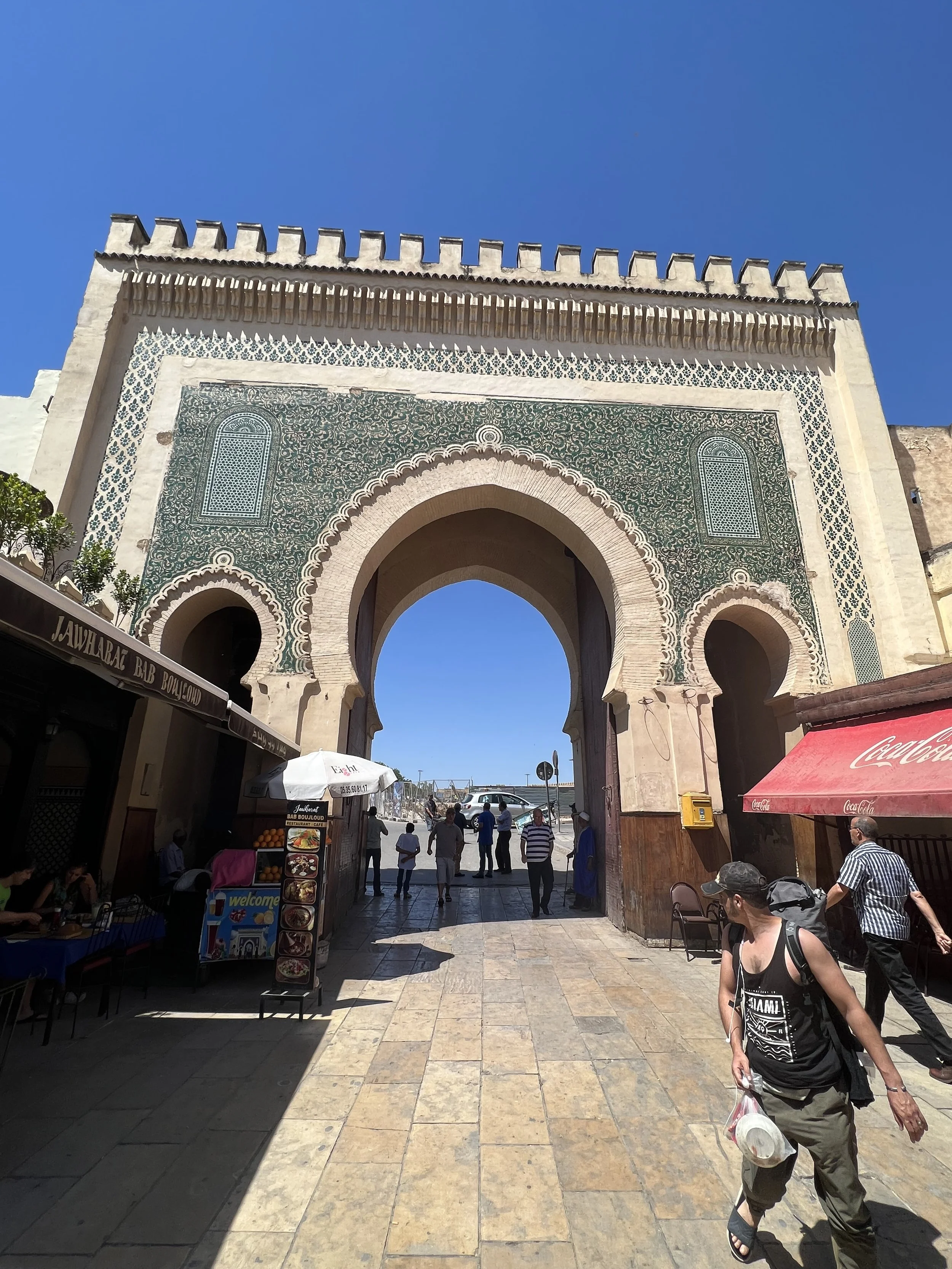
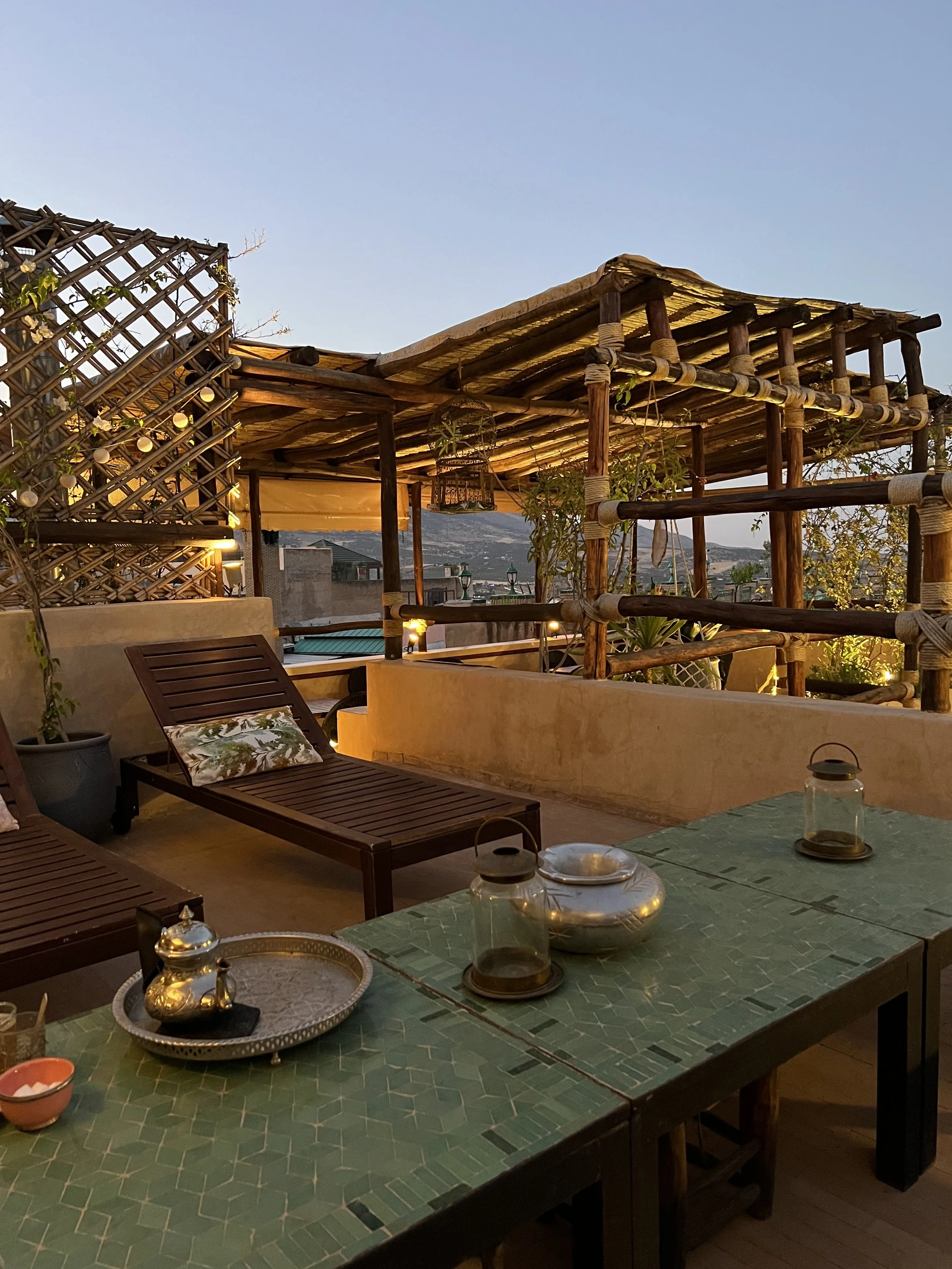

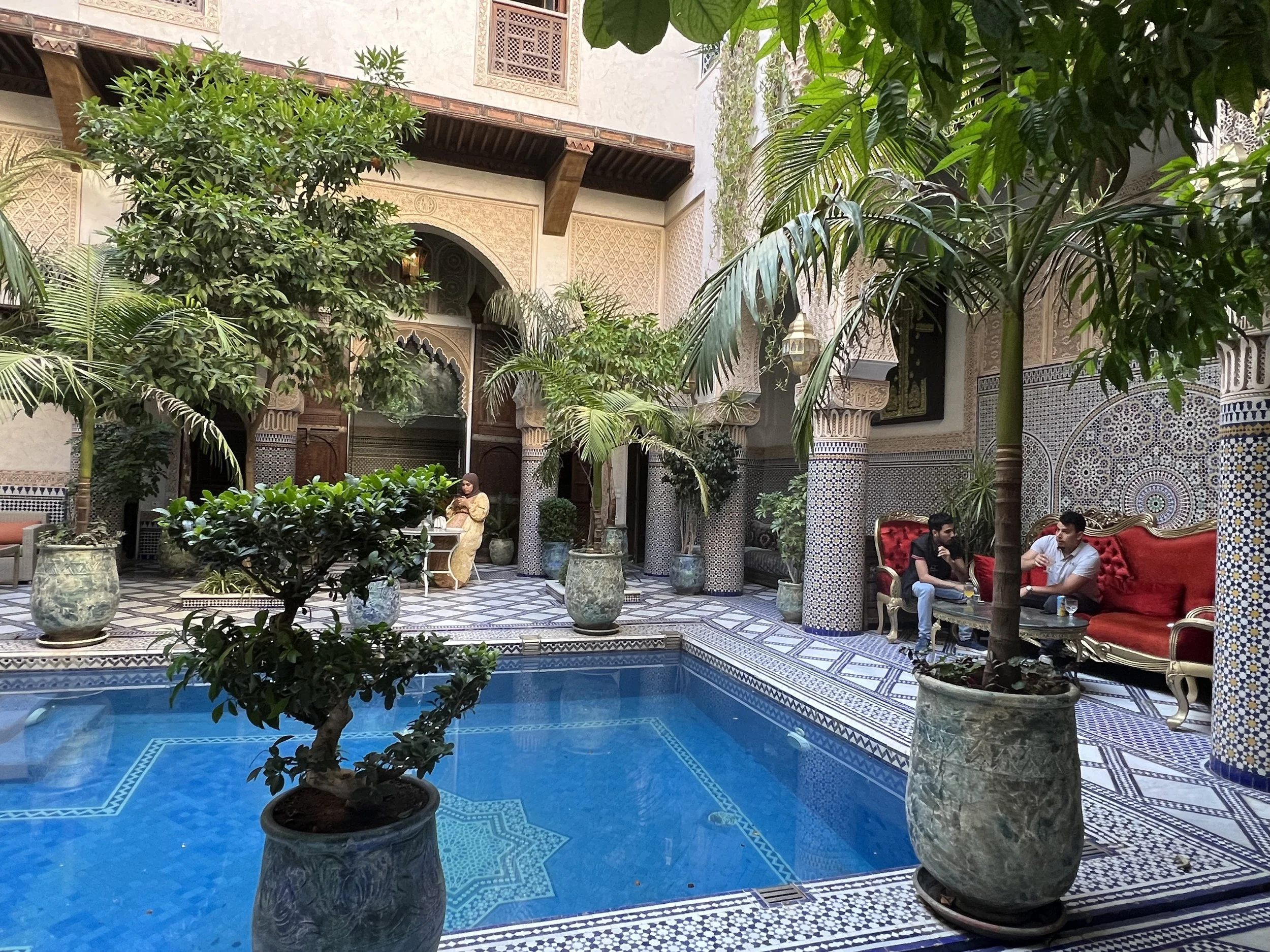



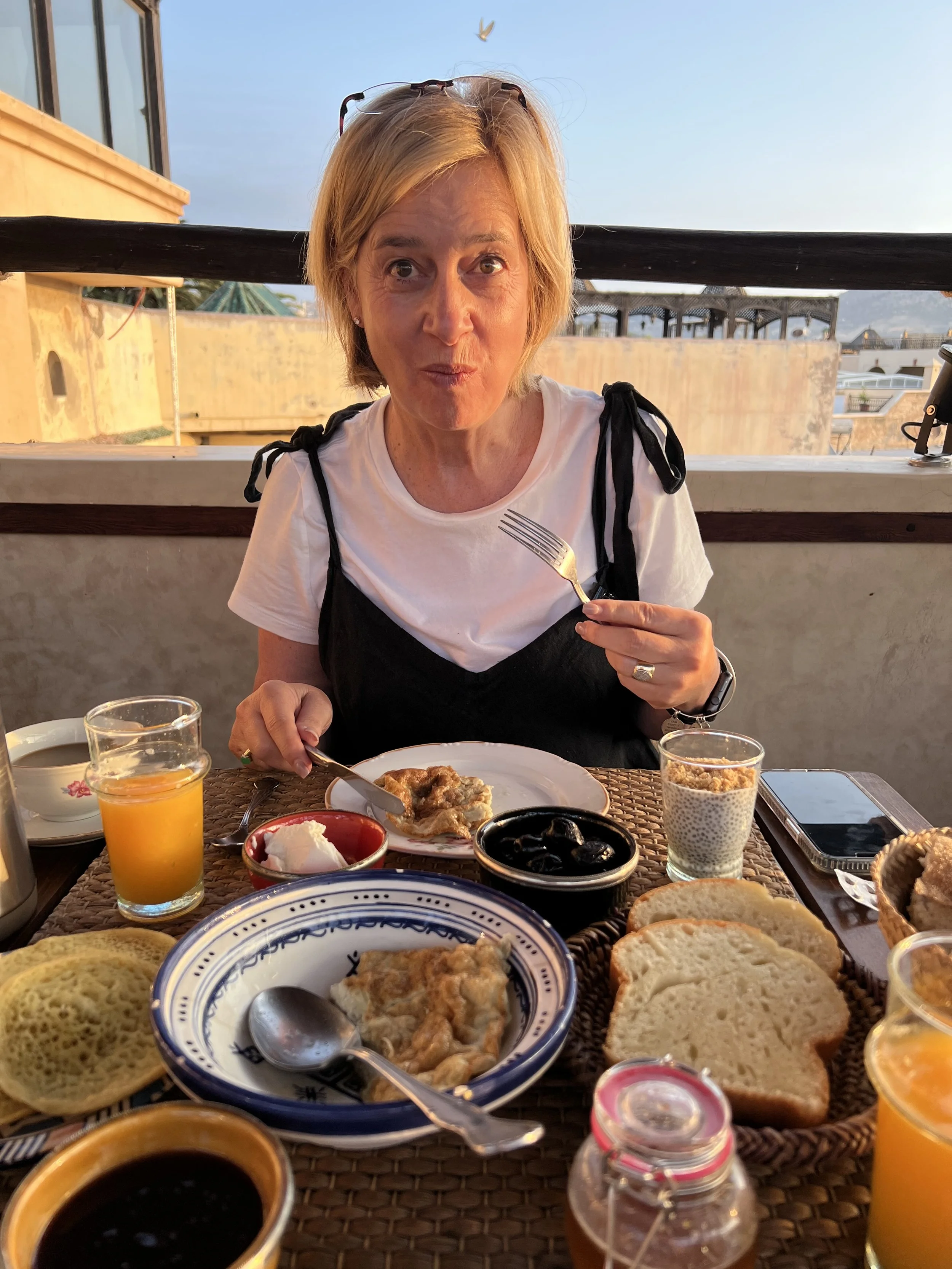
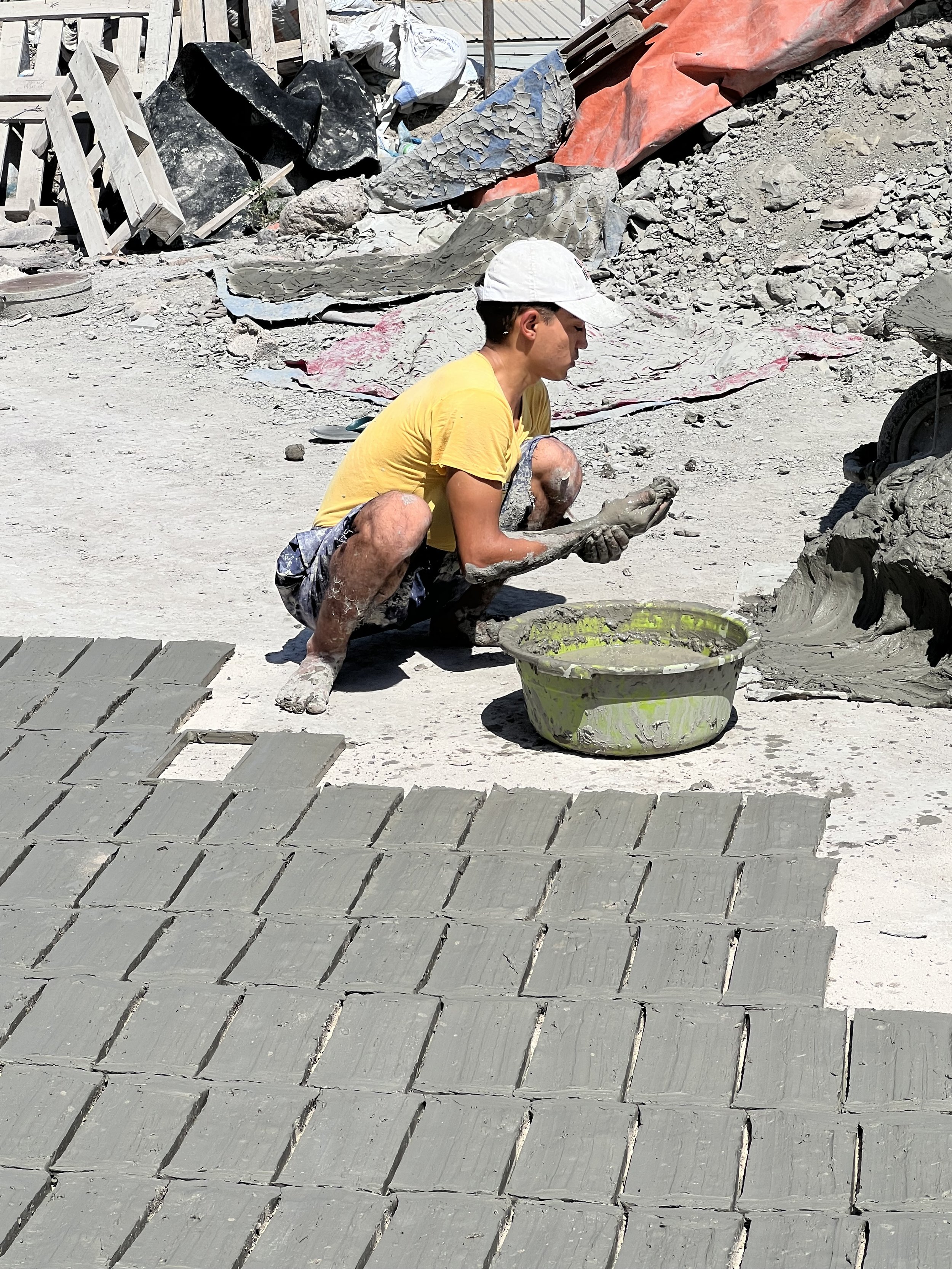
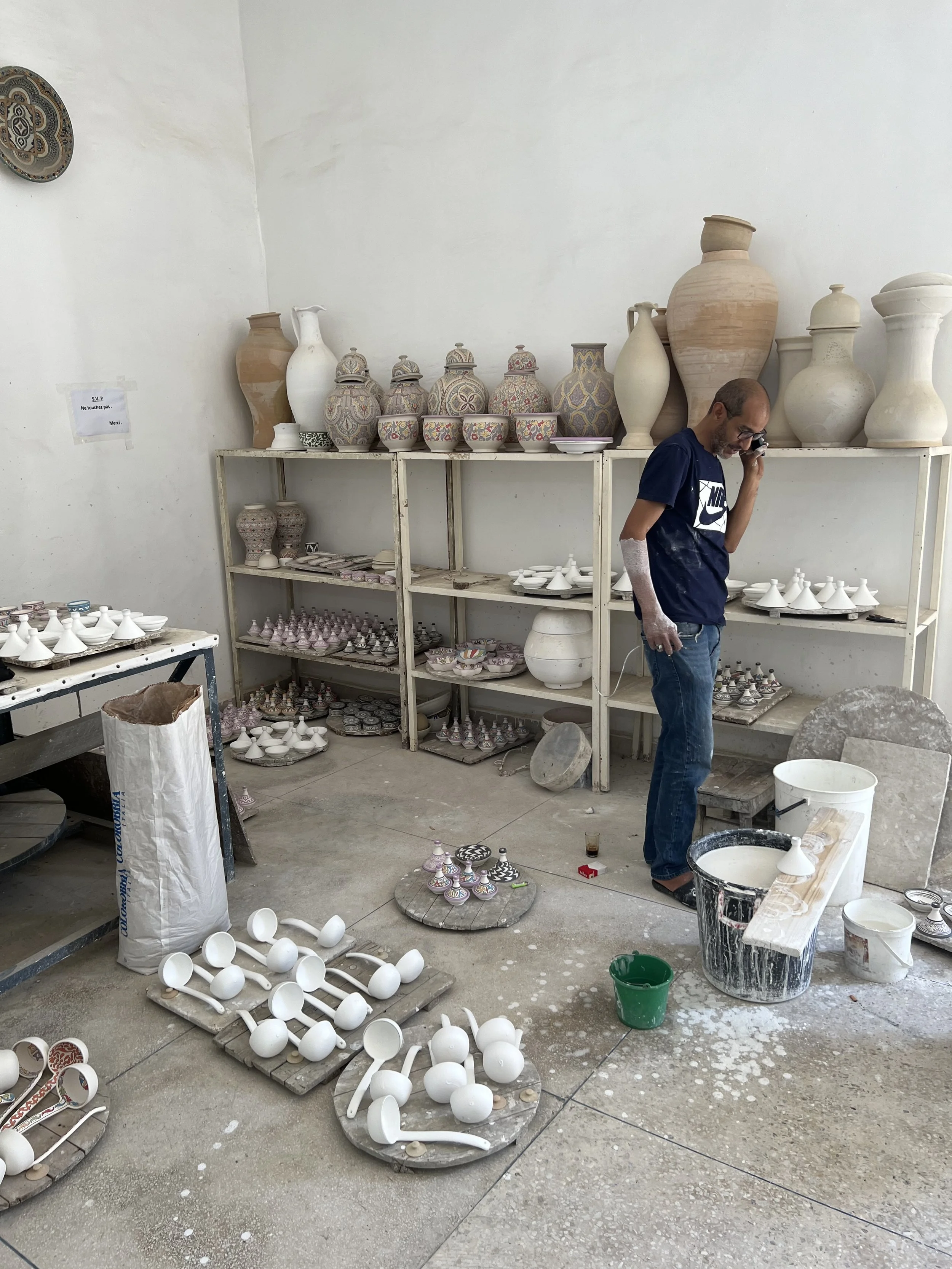
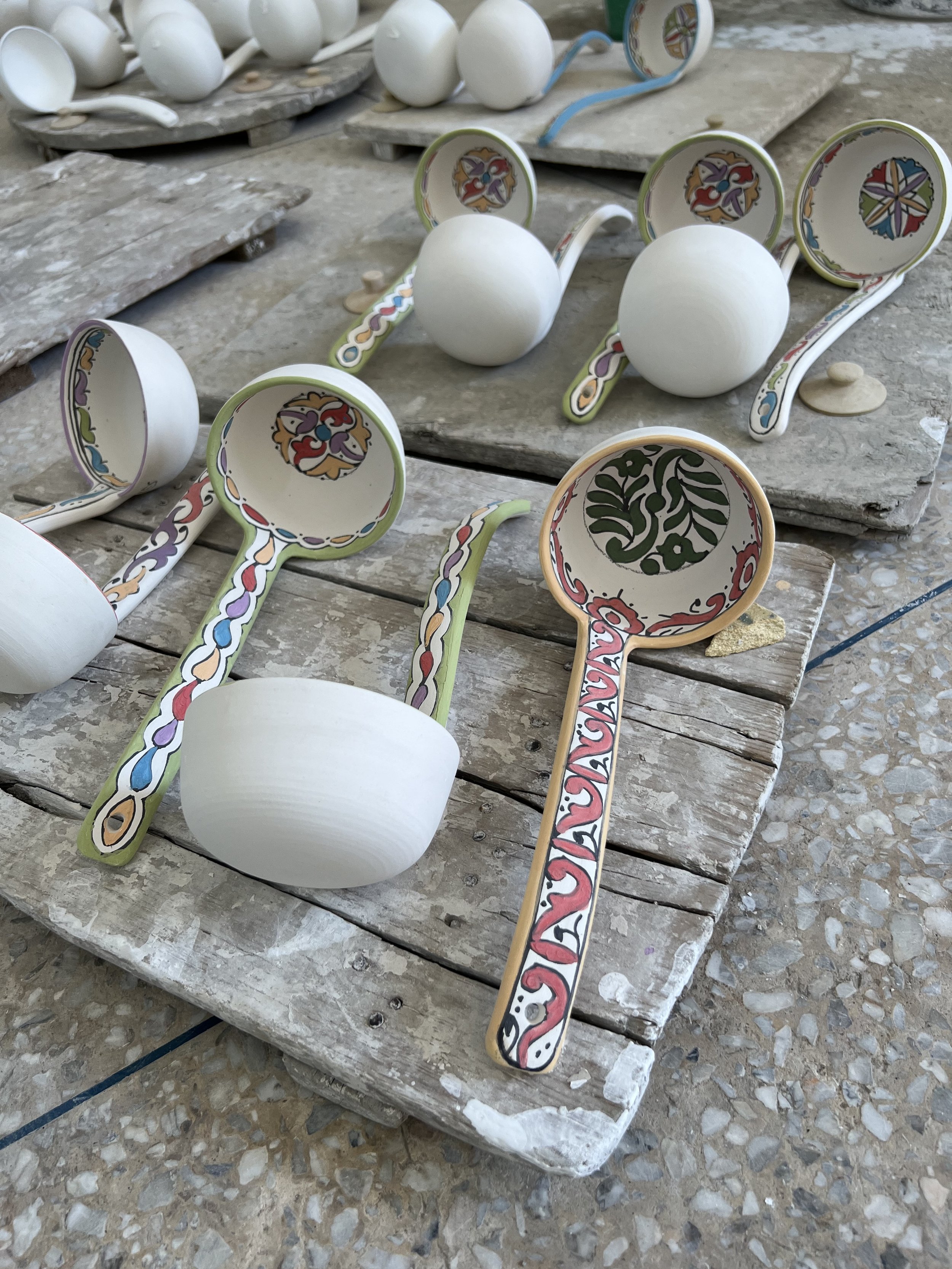
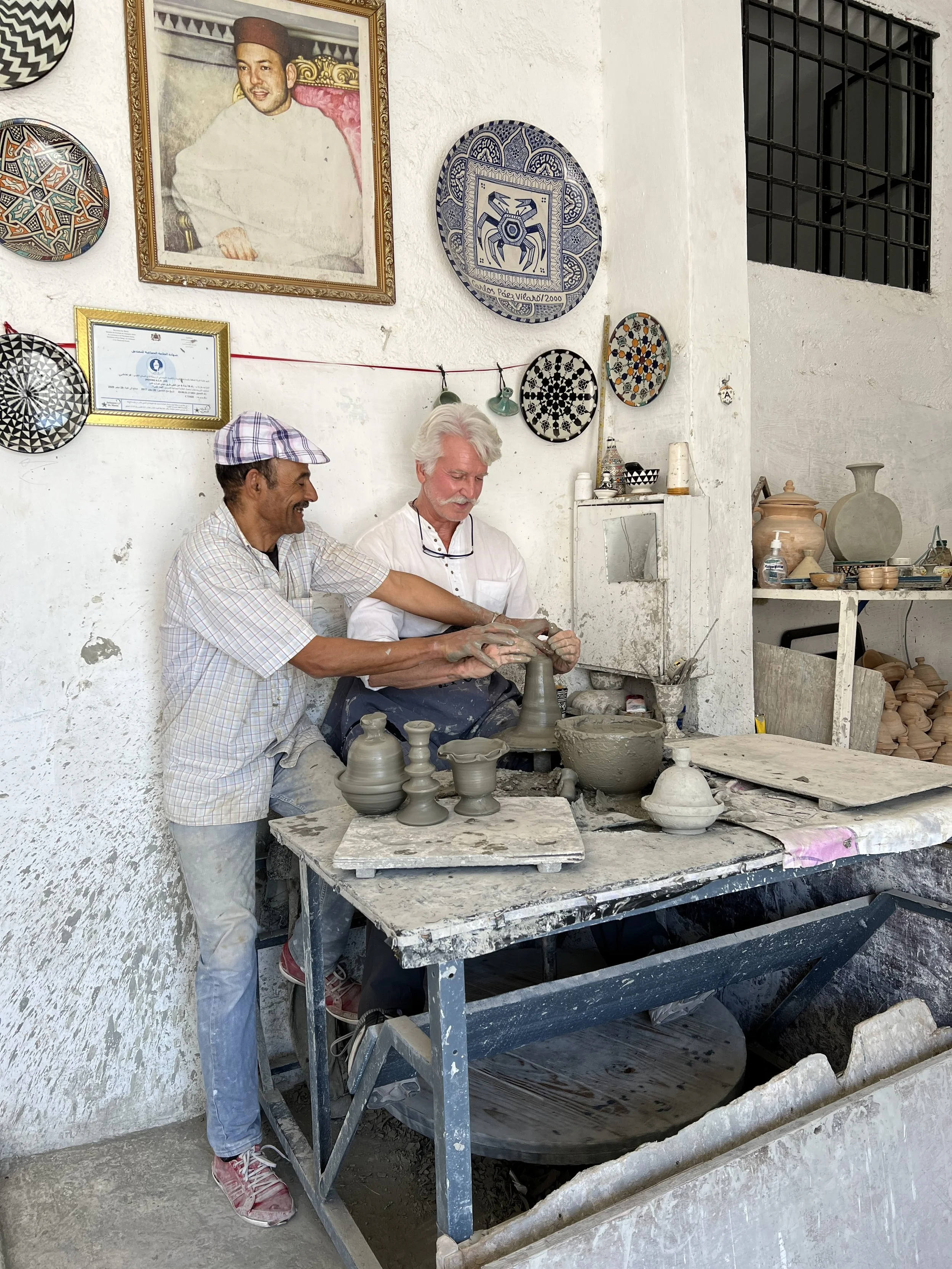
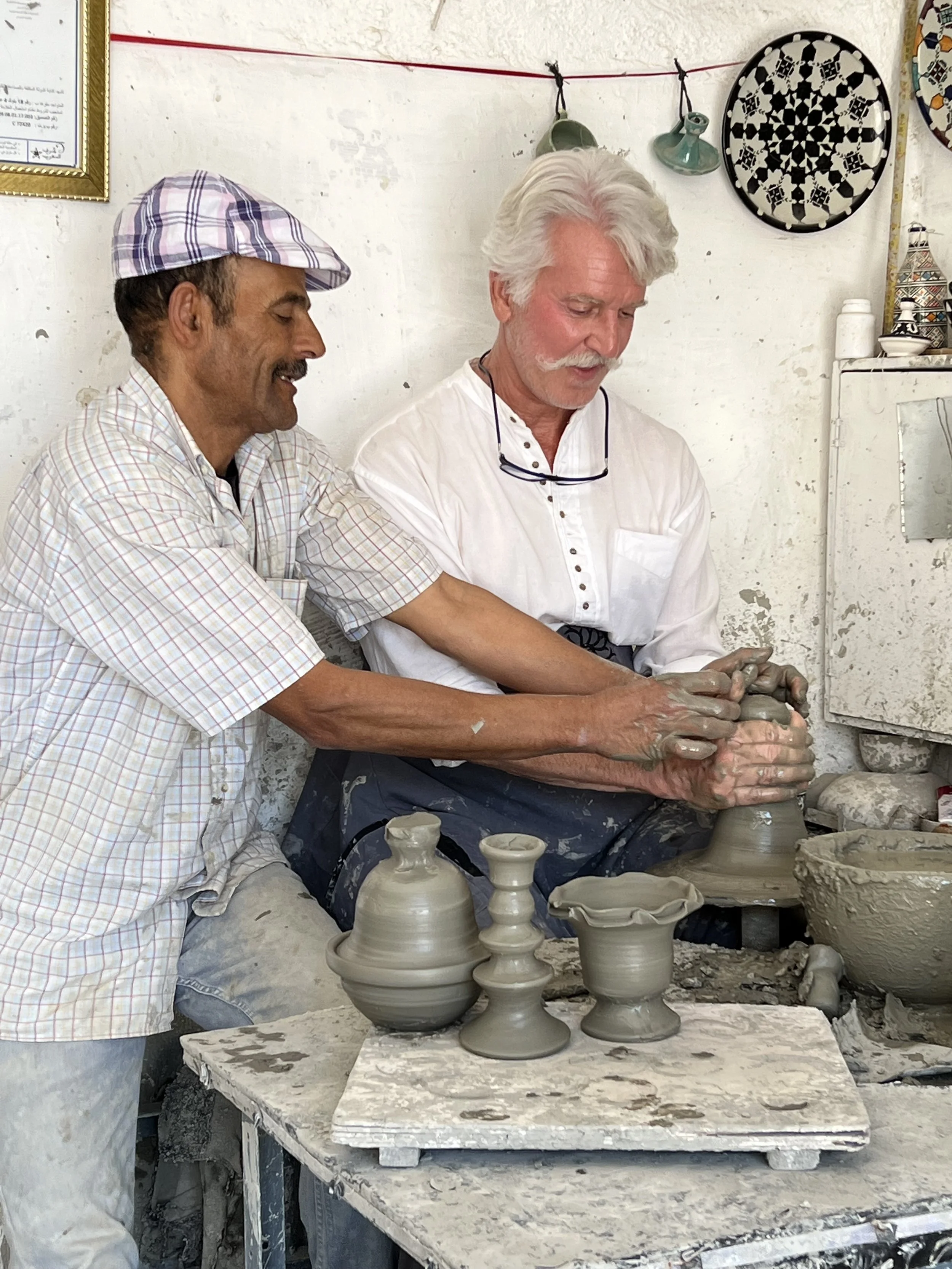
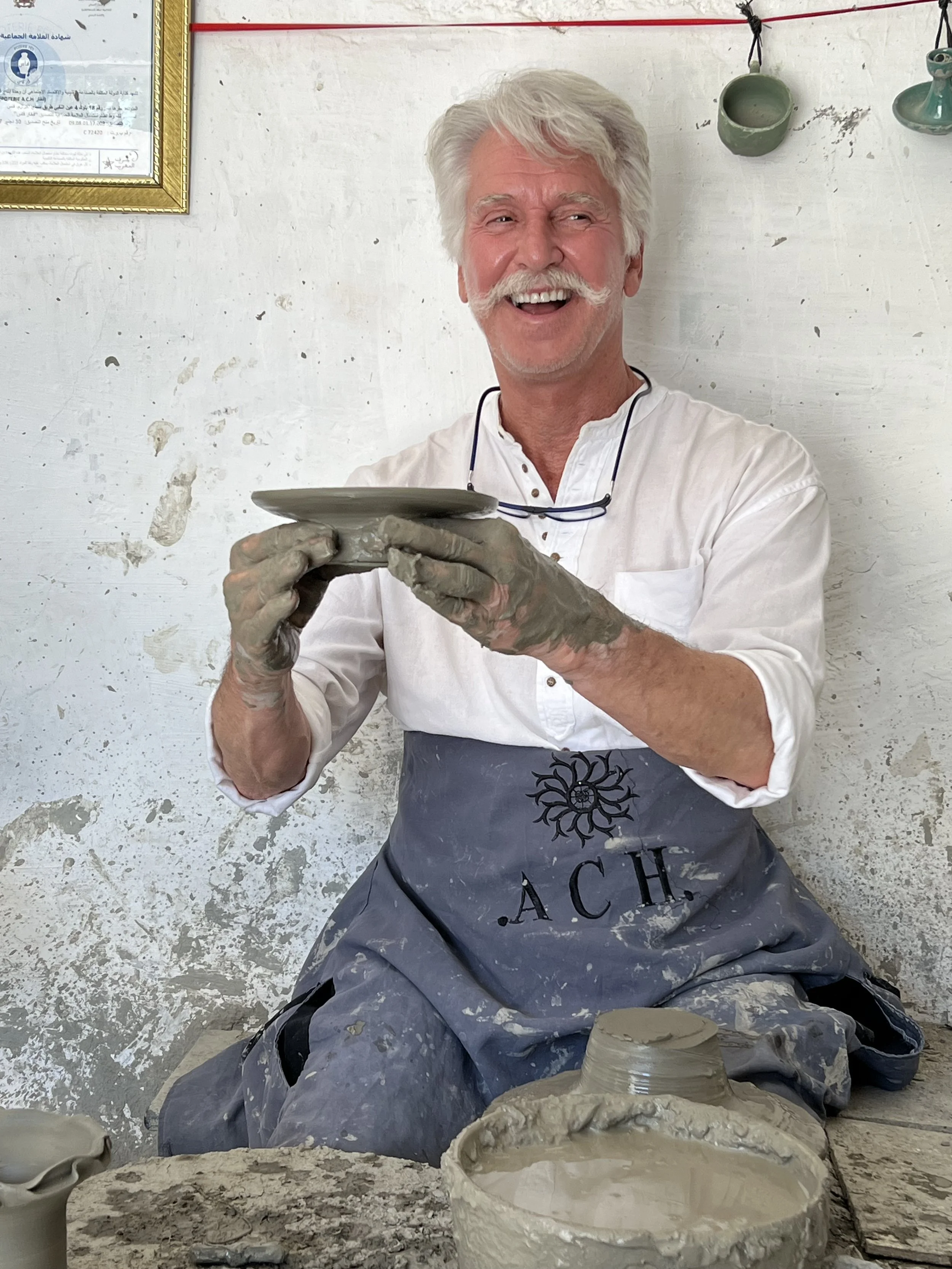
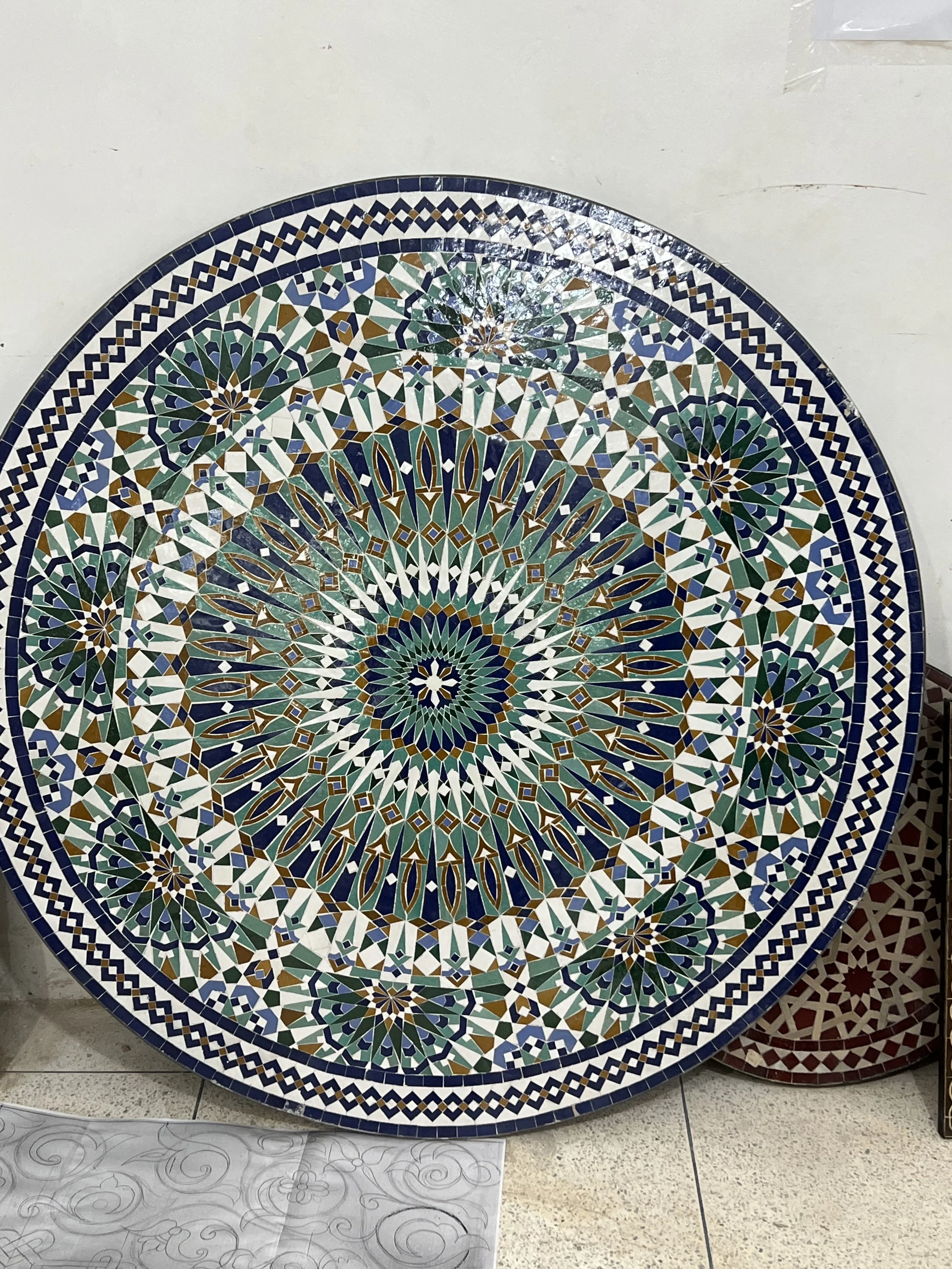
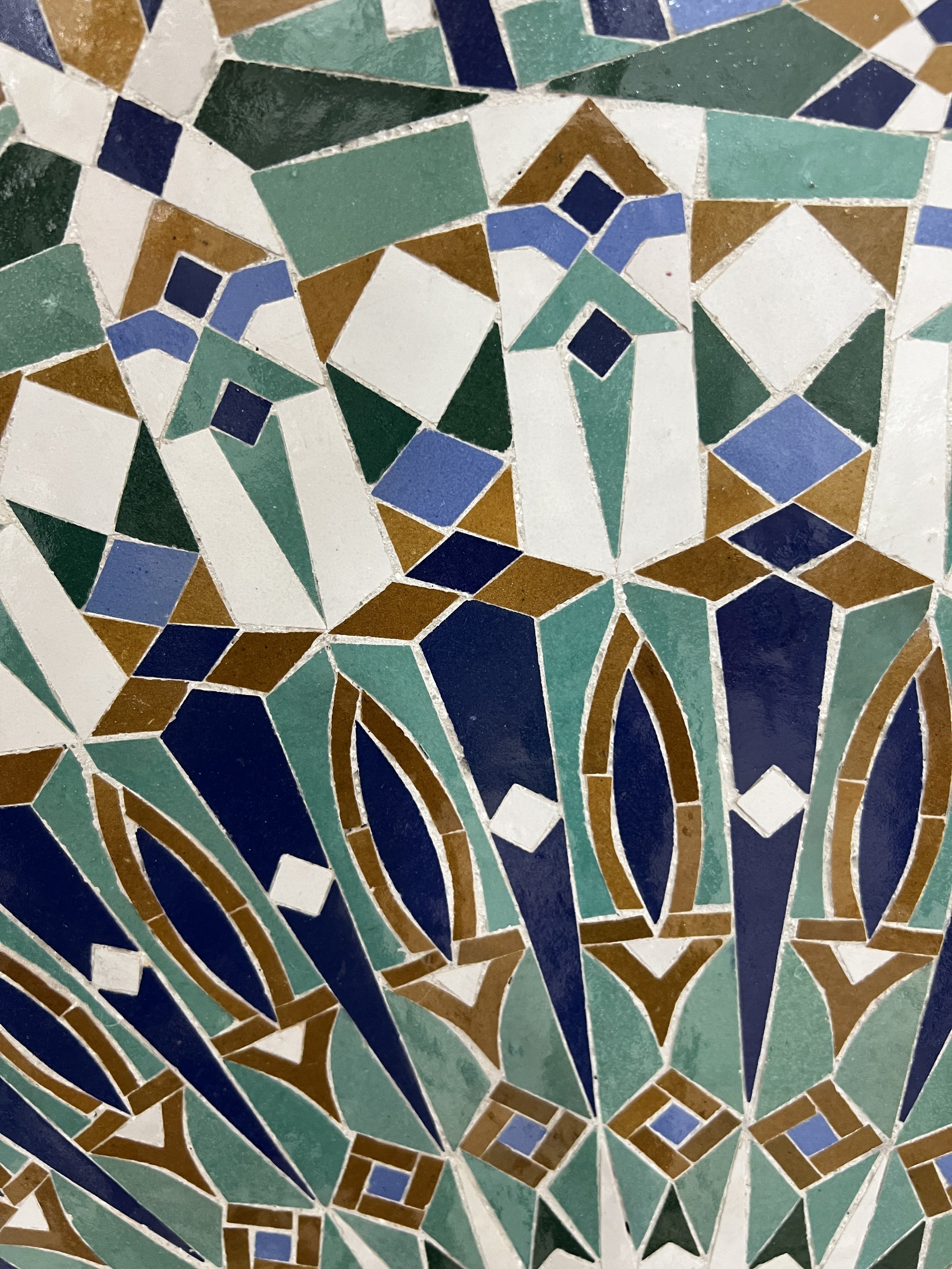

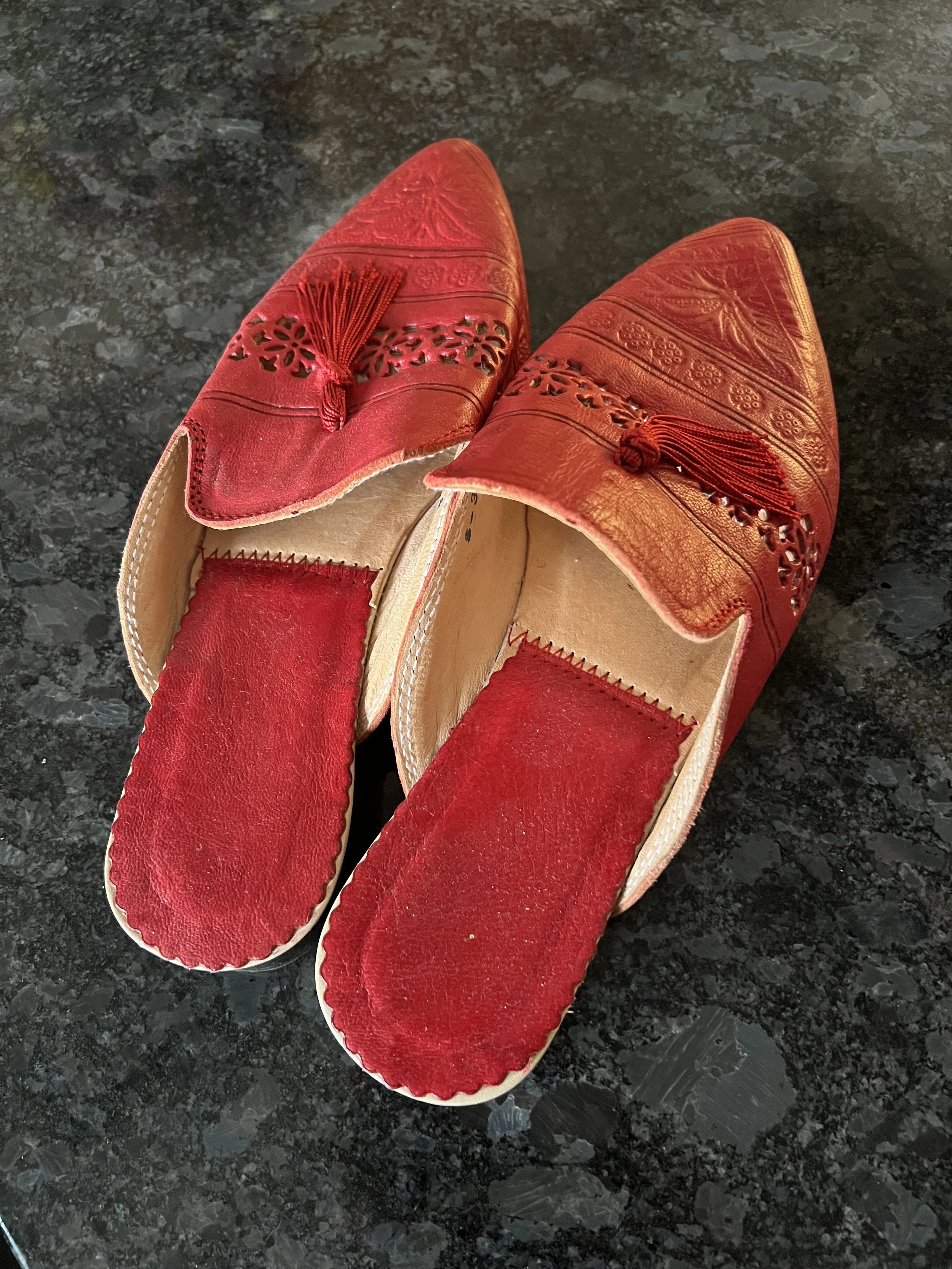


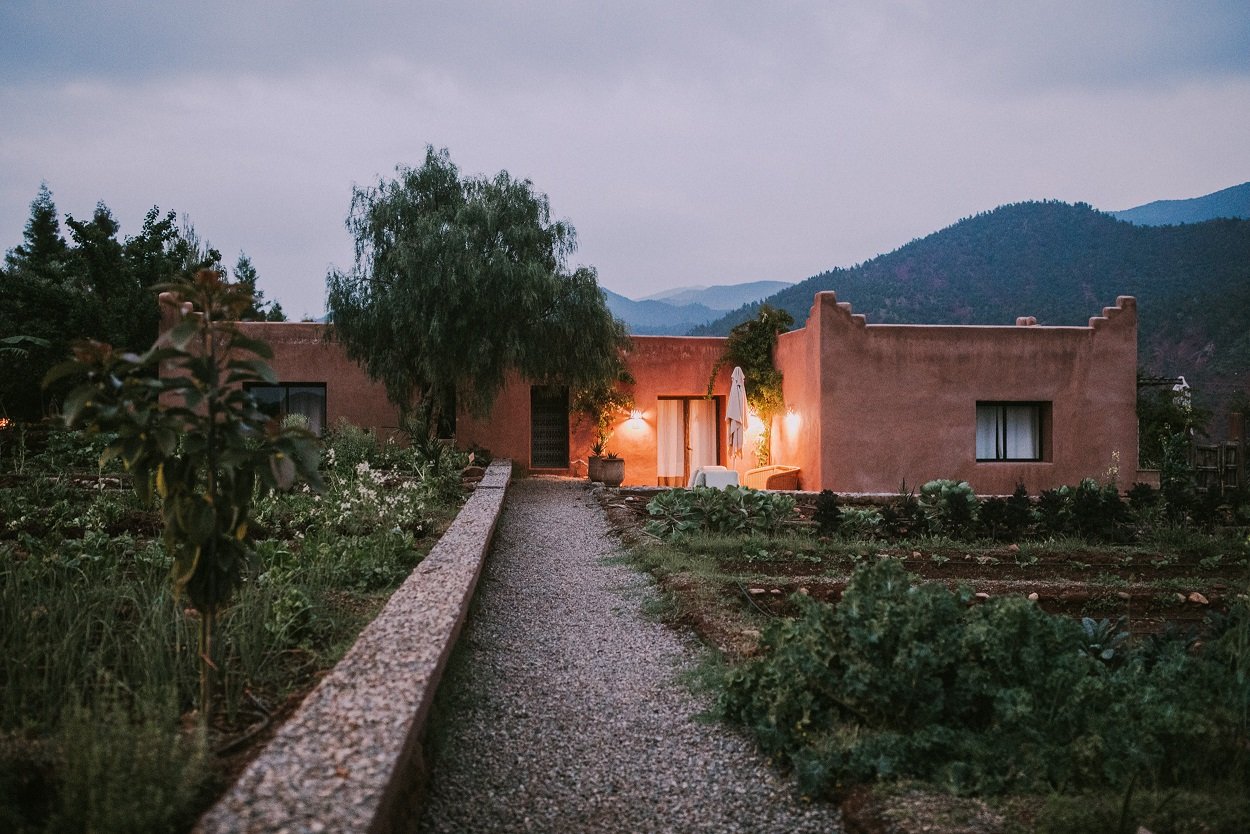

“Expertly planned Morocco journeys for culturally curious travelers.
Cobblestone’s founder, Michael Diamond, has been named to Travel + Leisure's A-List on Morocco Travel for the last 7 years. Conde Nast Traveler named him as their 2016 Top Travel Specialist for Morocco.
With nearly two decades of experience designing private travel to Morocco, we want to share our excitement and passion for this unique destination with you. We want to enchant, challenge, and inspire curious travelers. Let us design a customized itinerary that reflects your interests but also, hopefully, surprises you with unforgettable experiences that only we can arrange.”